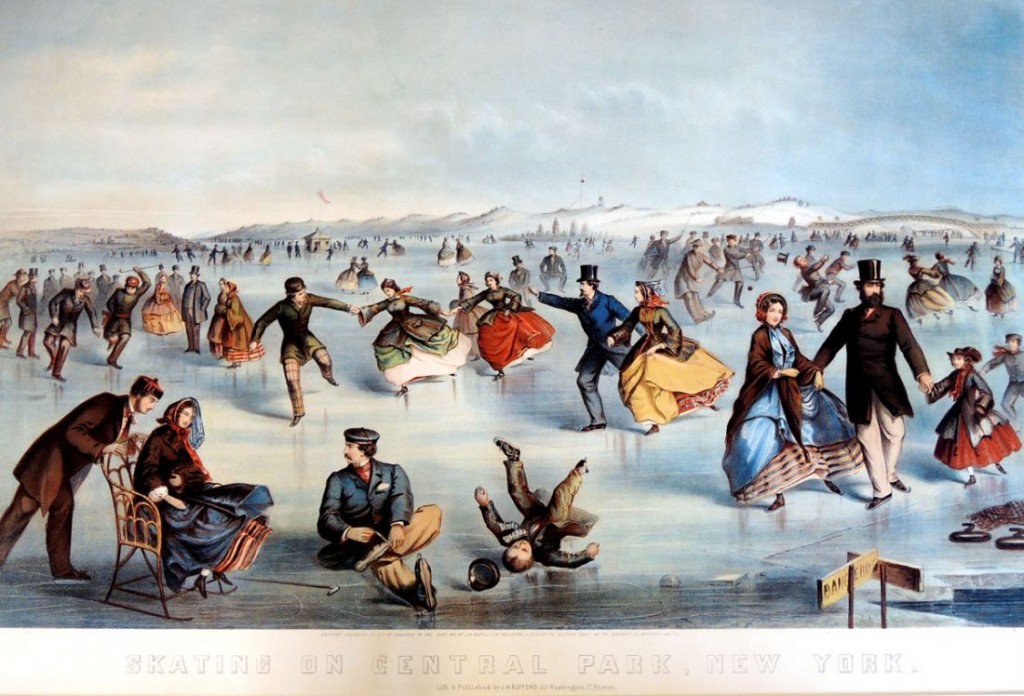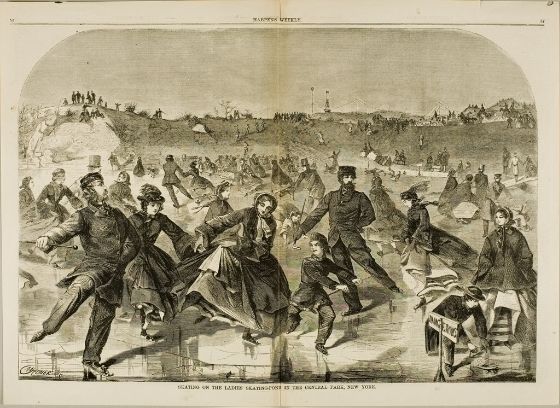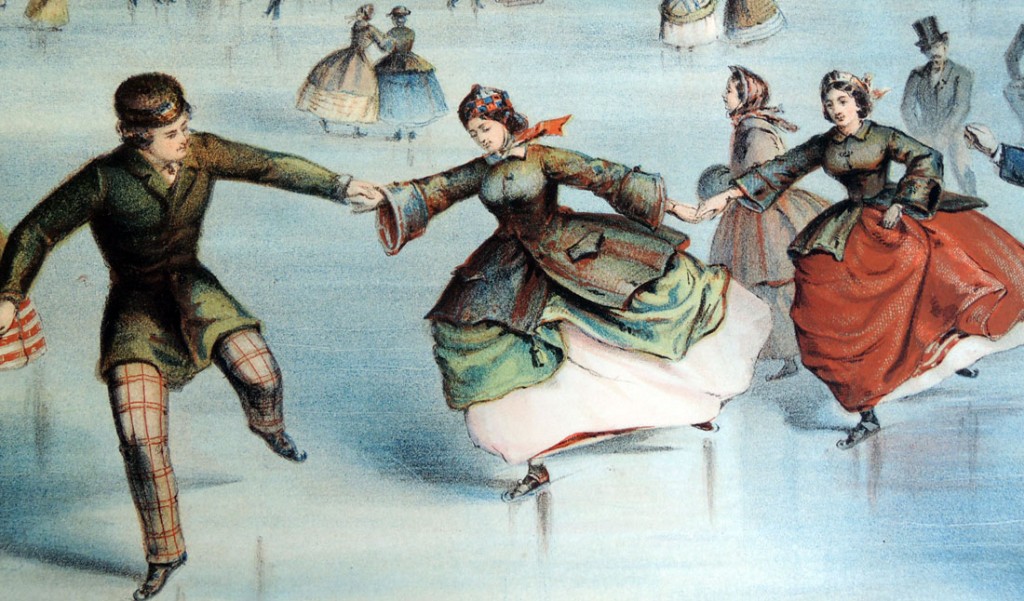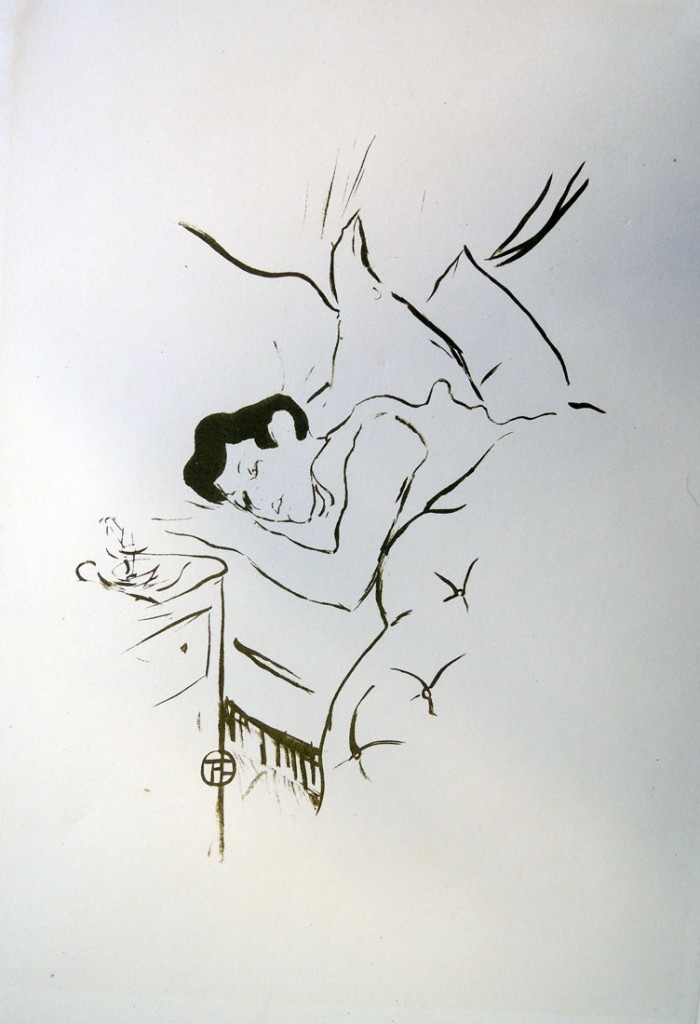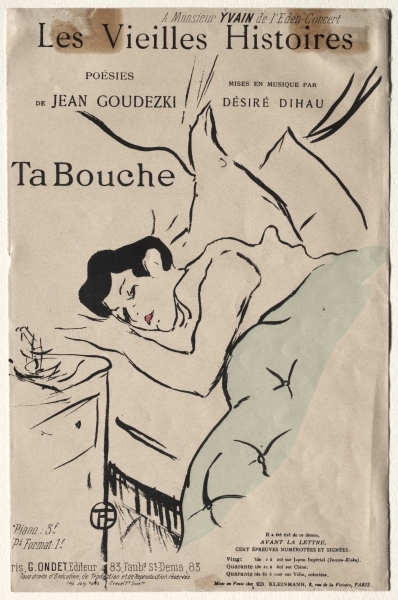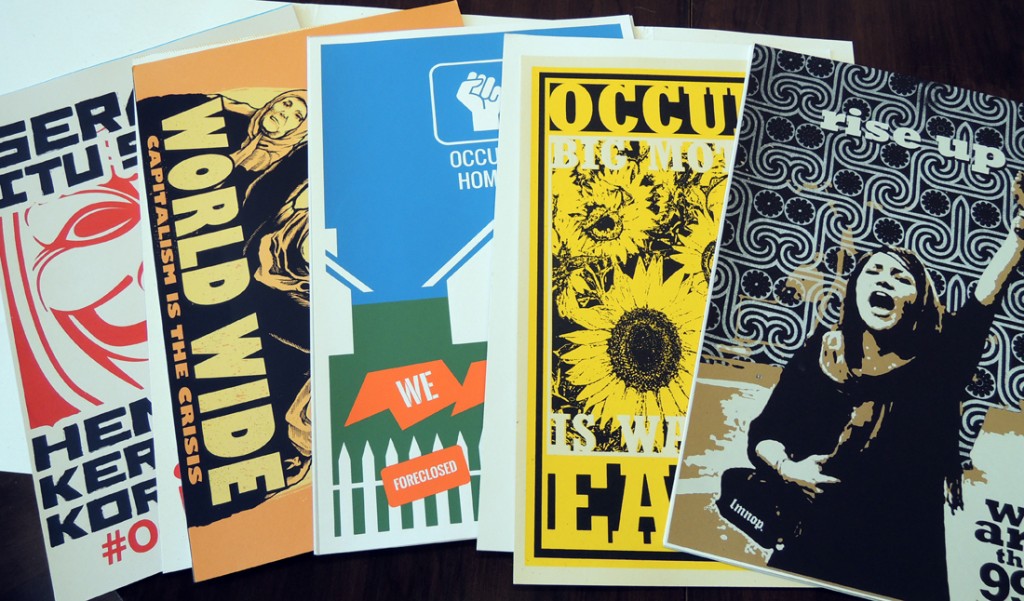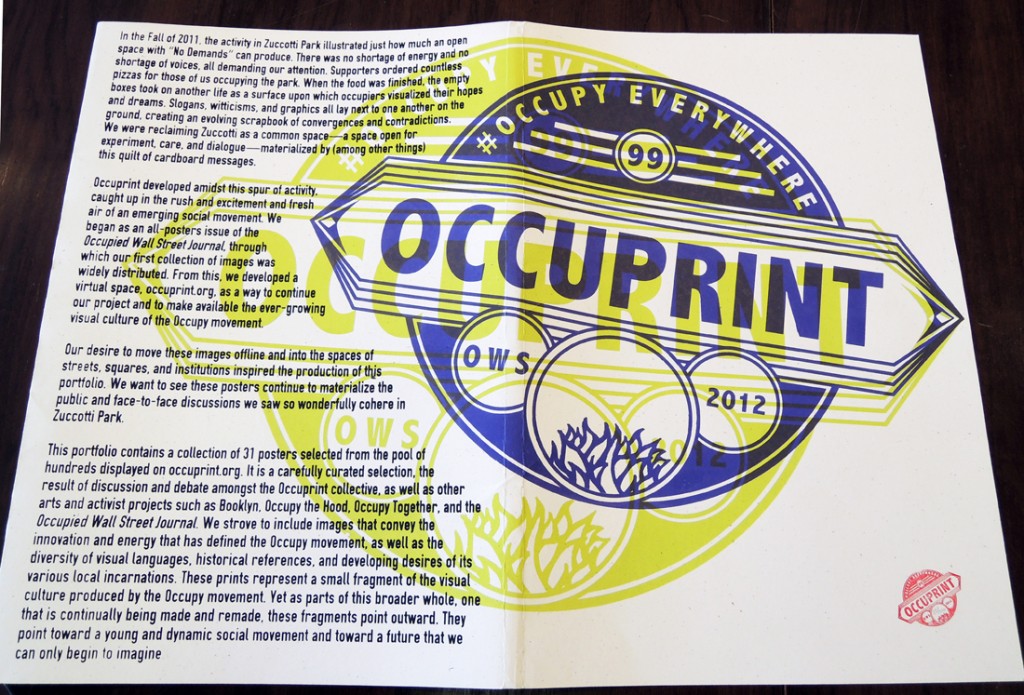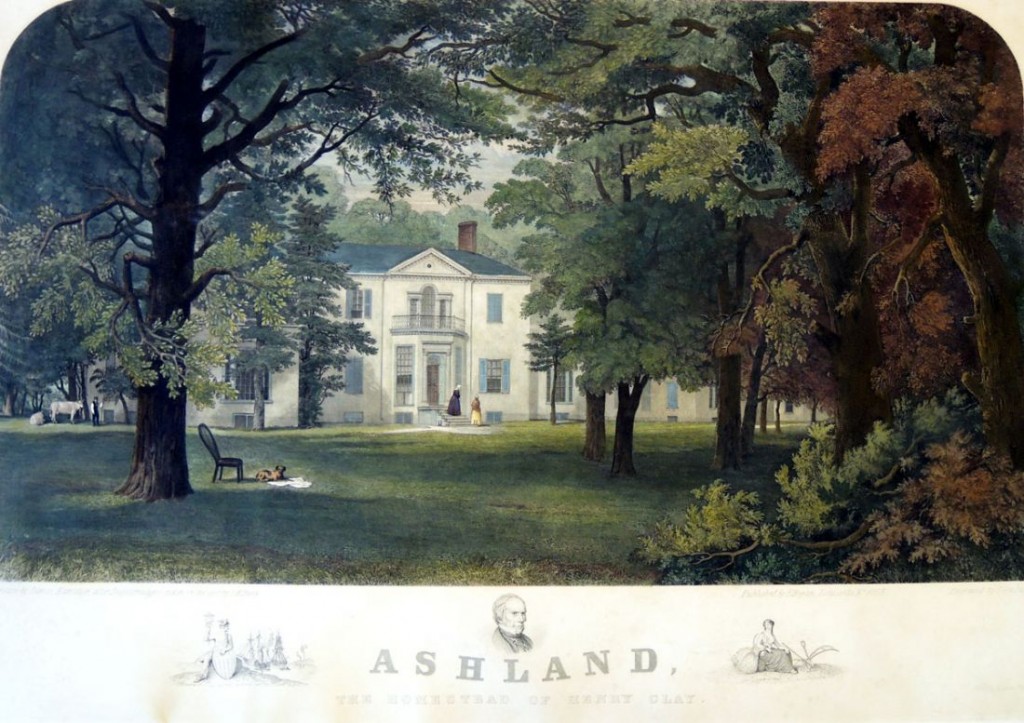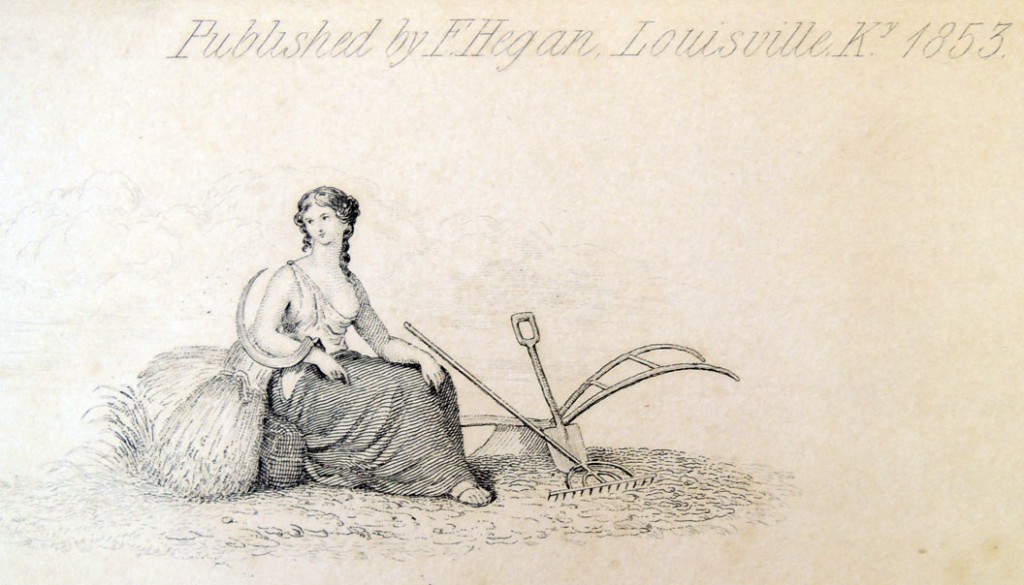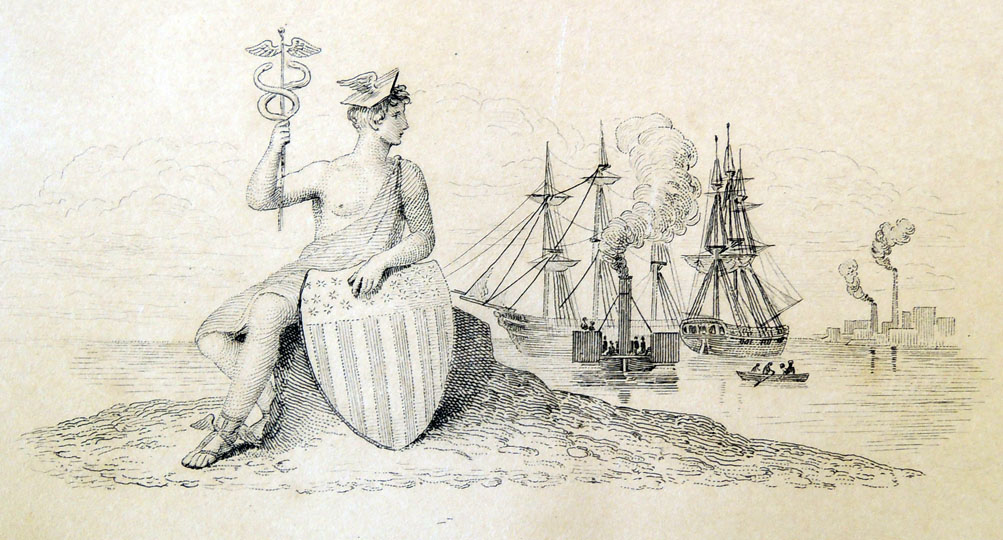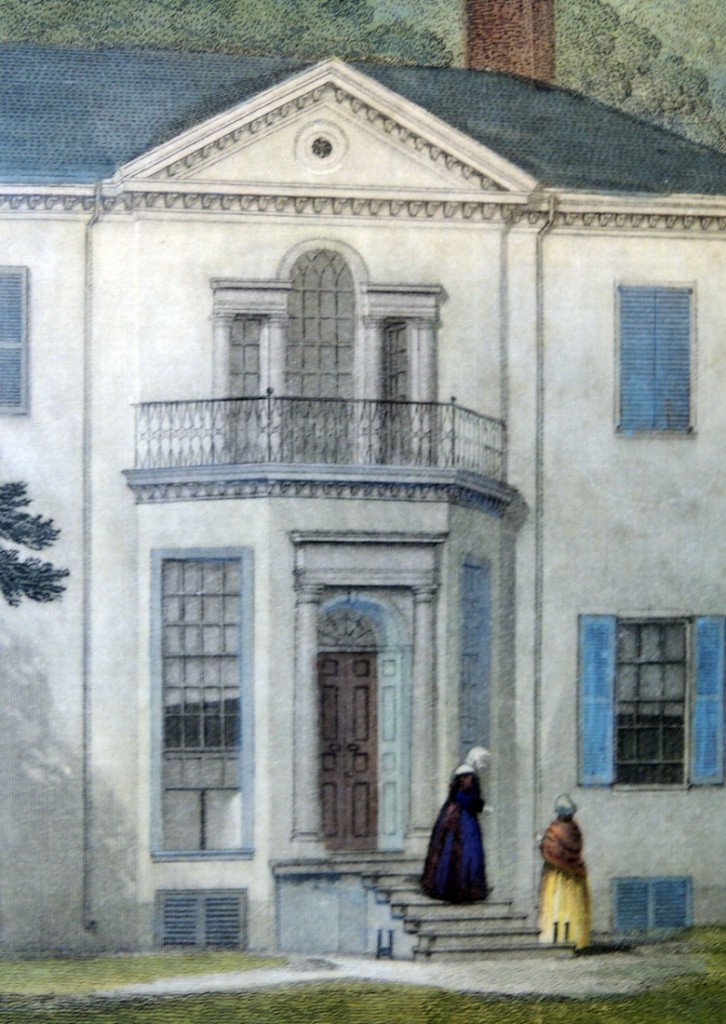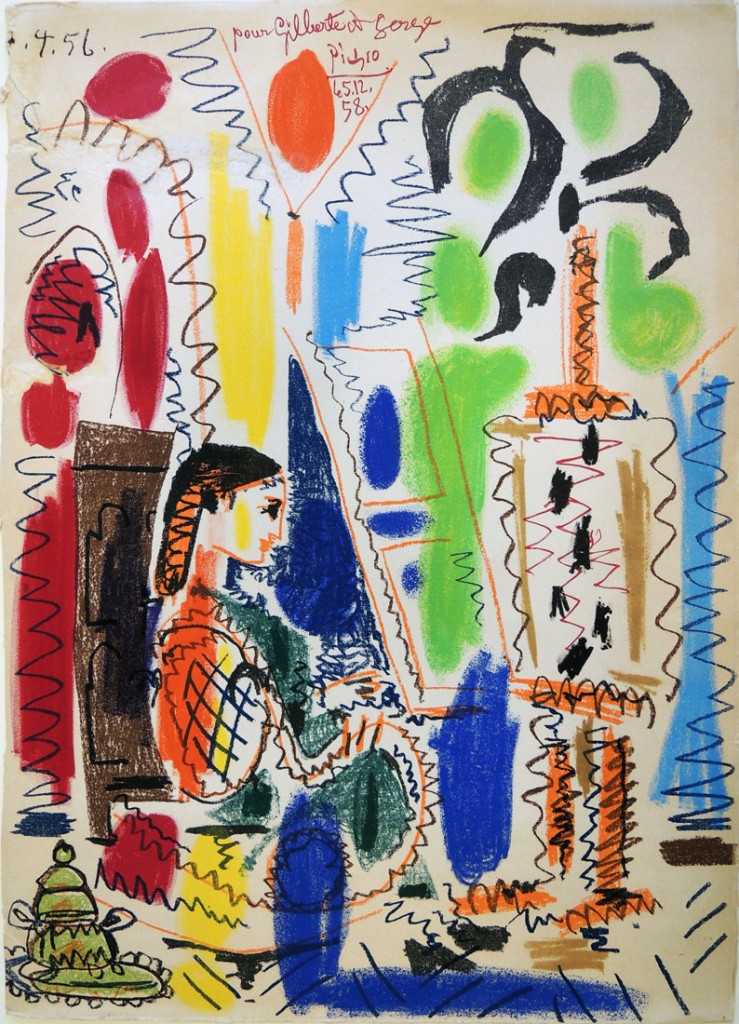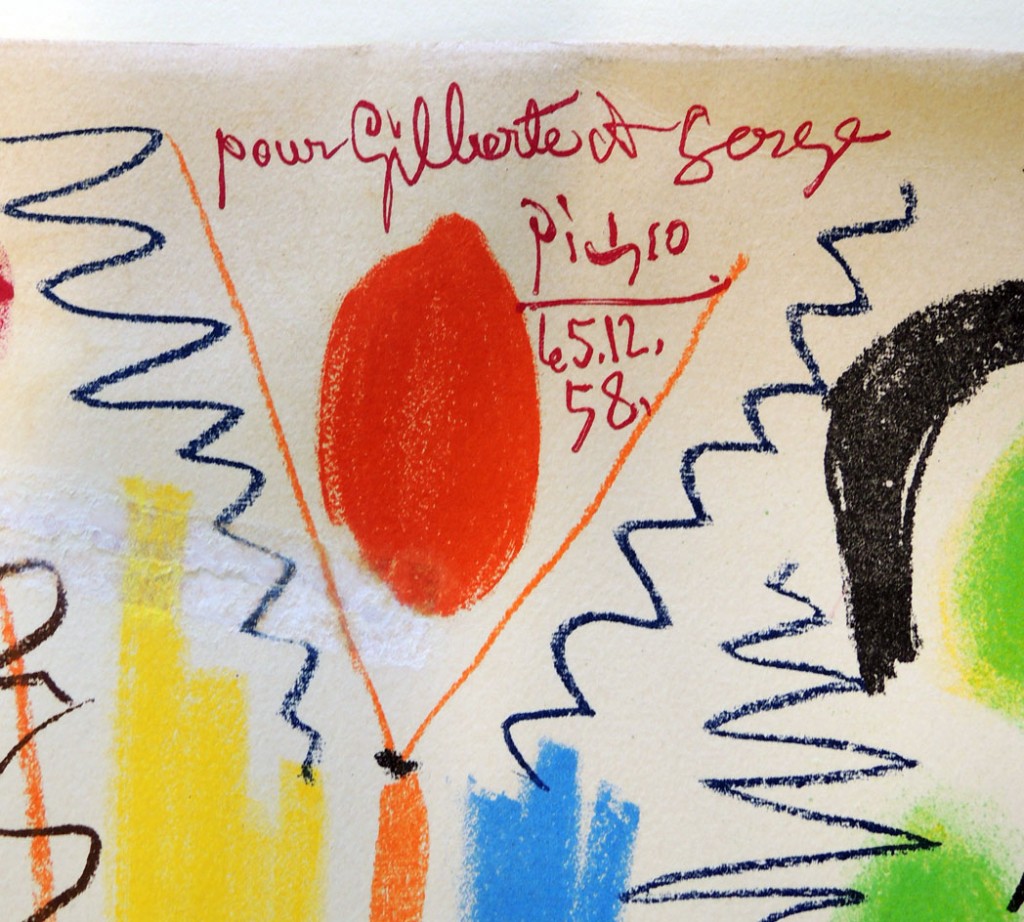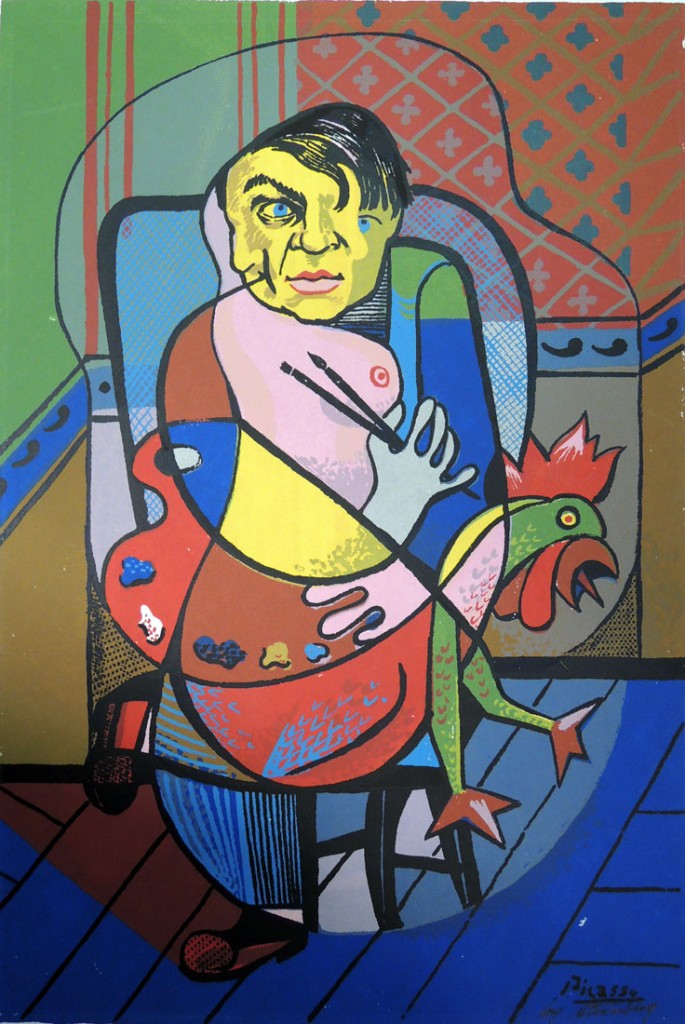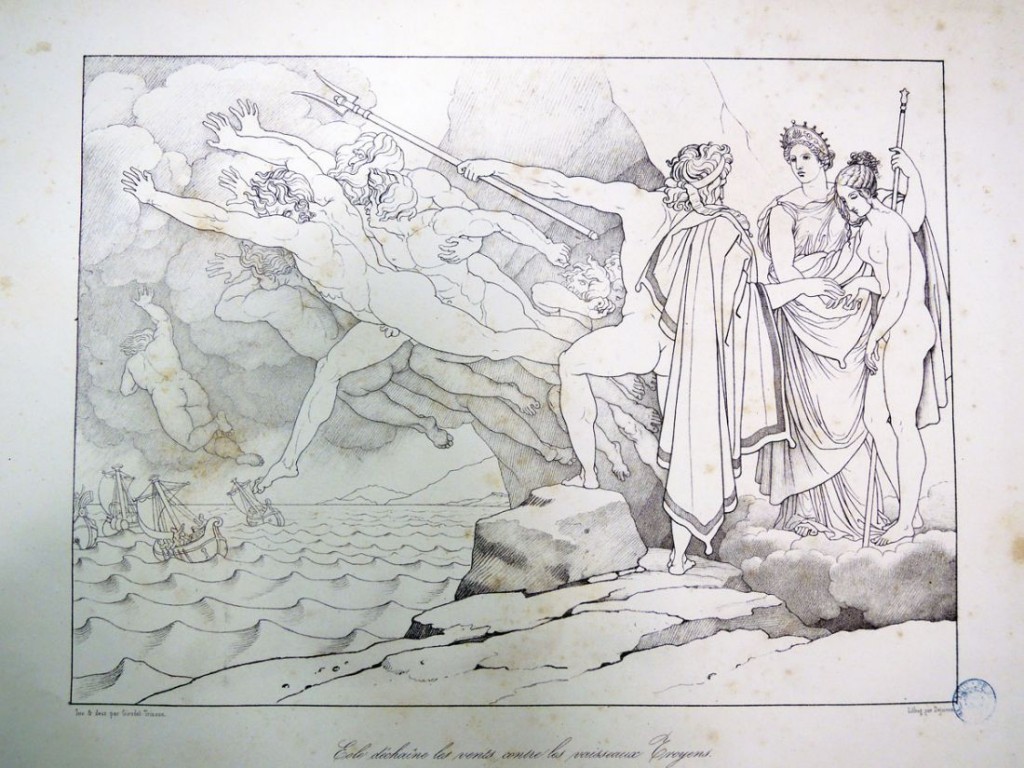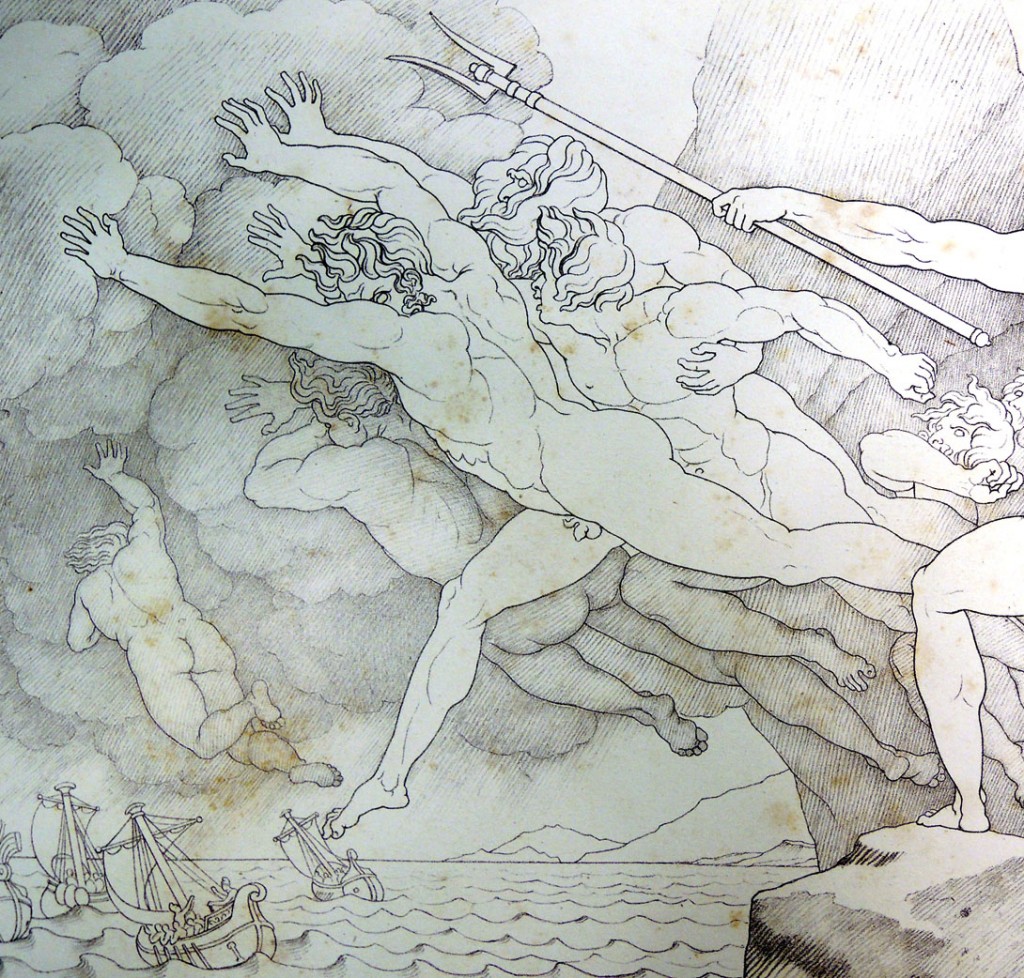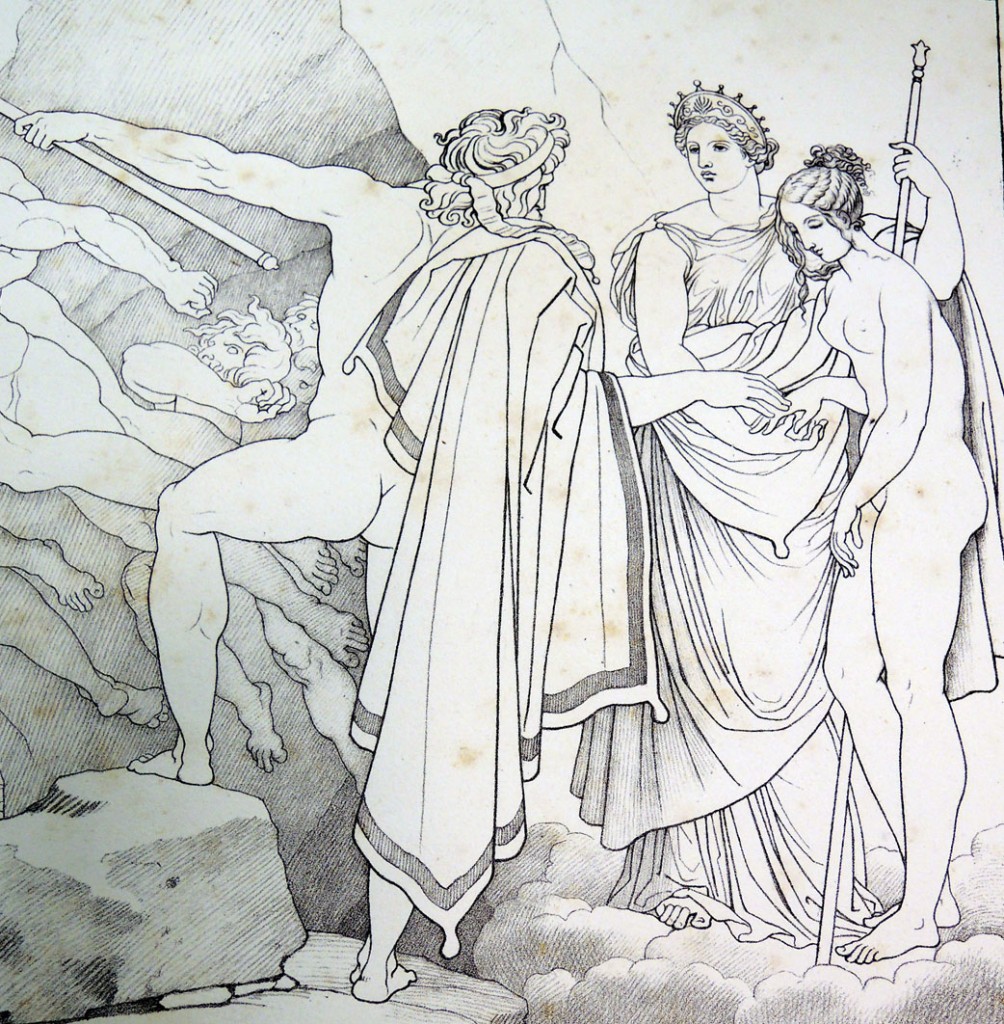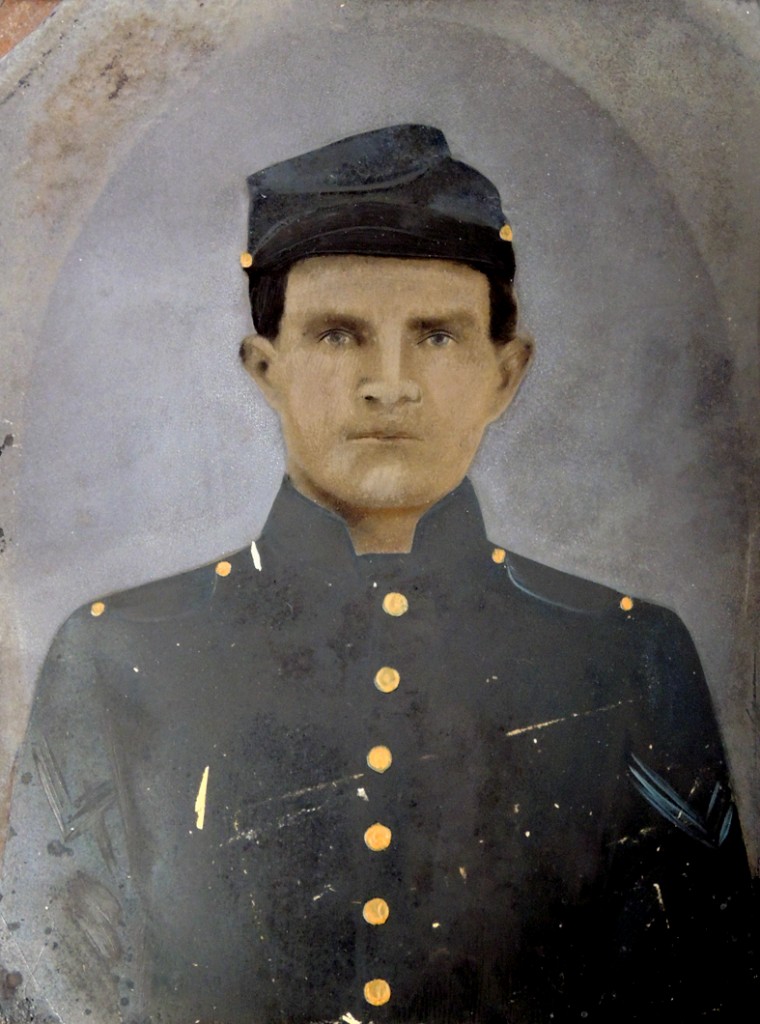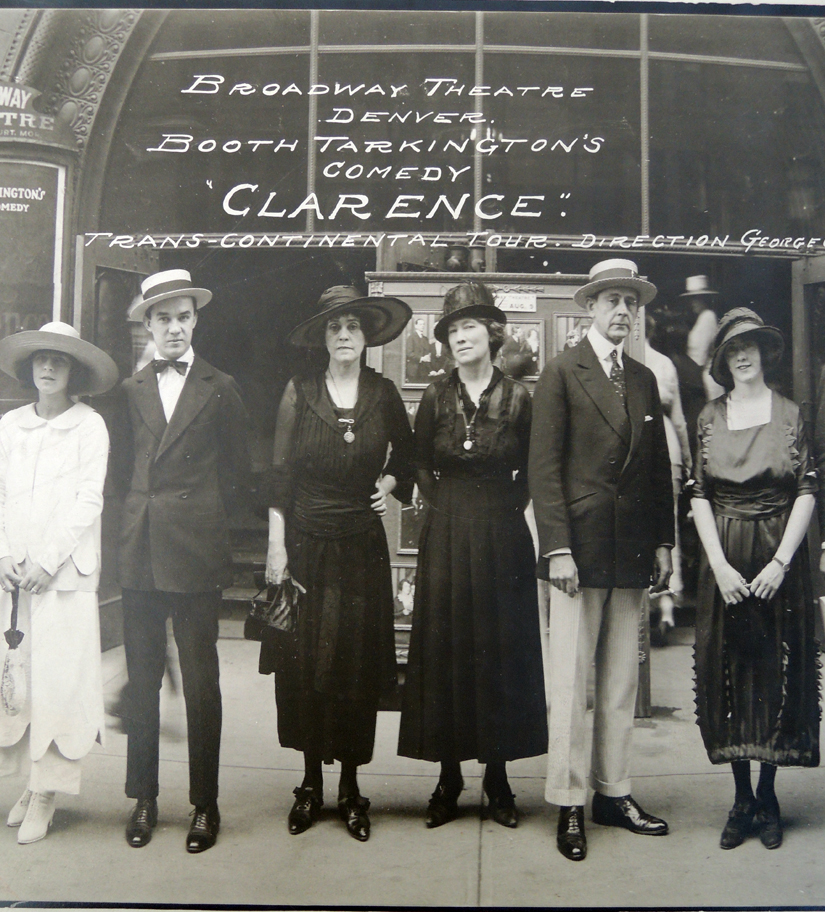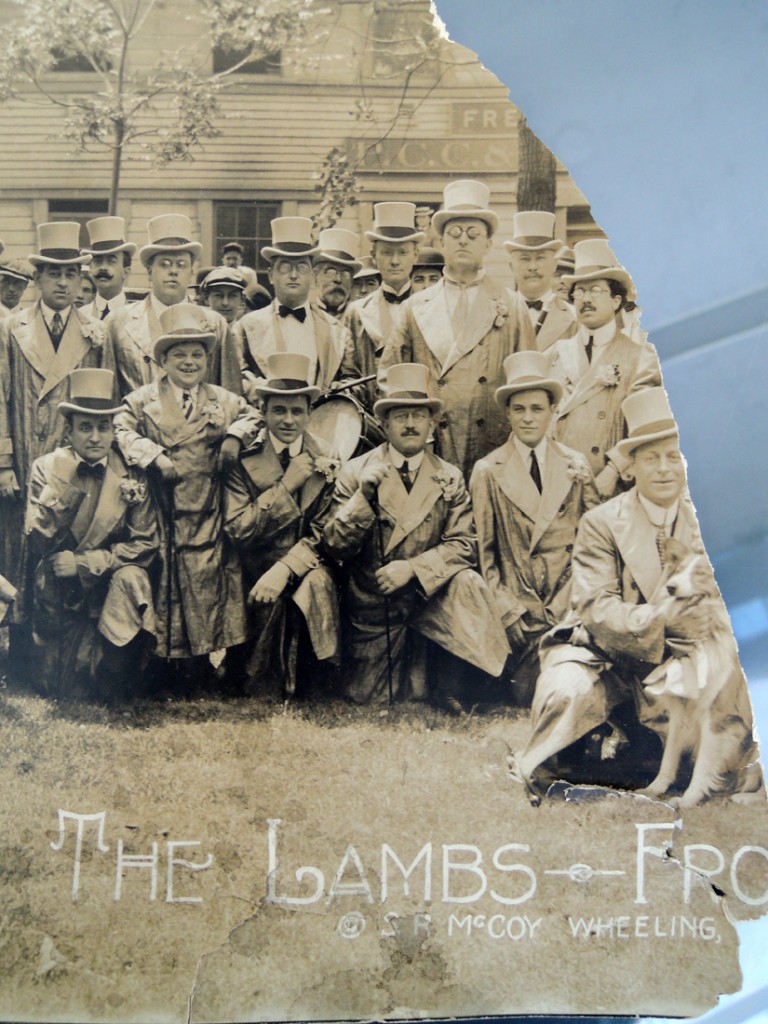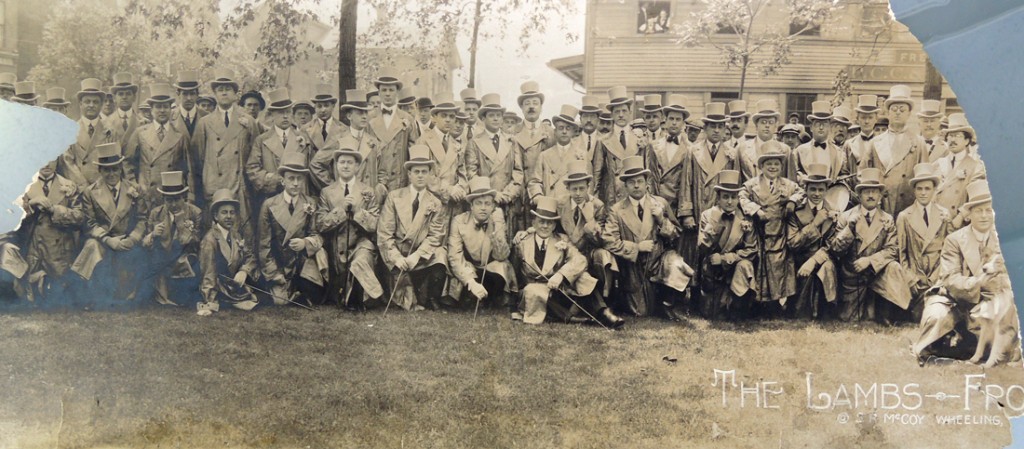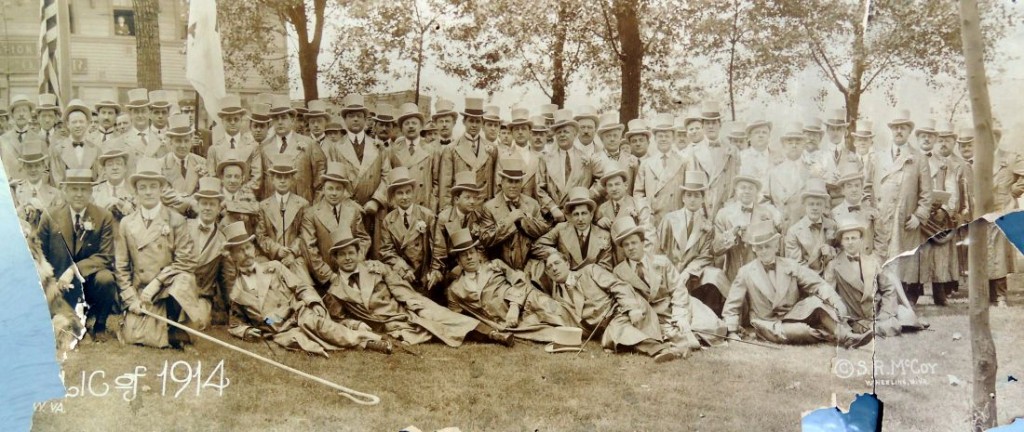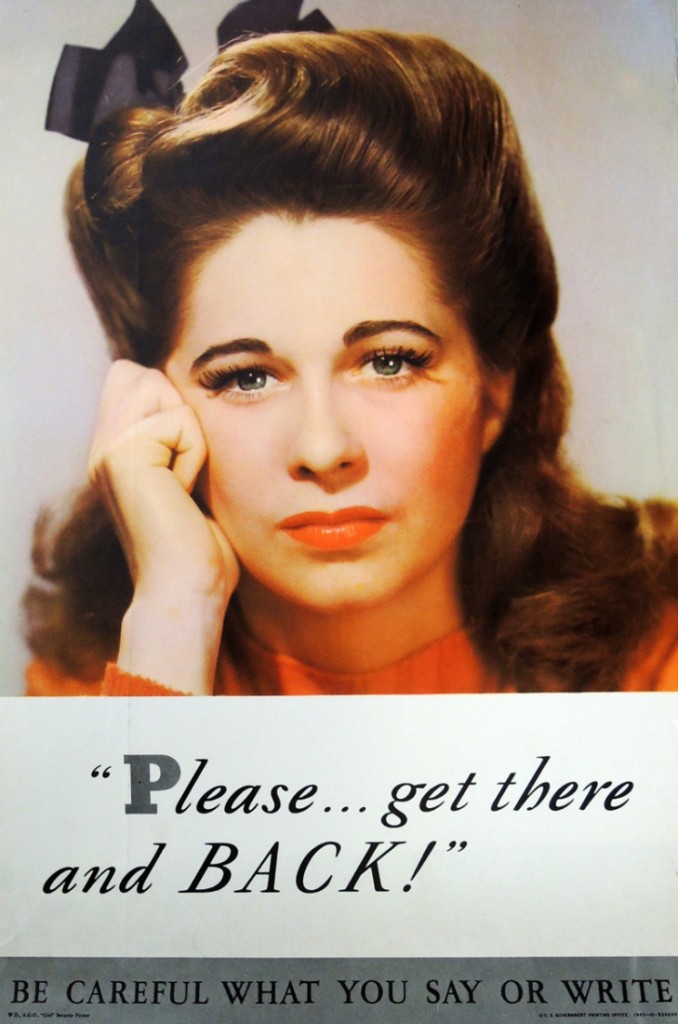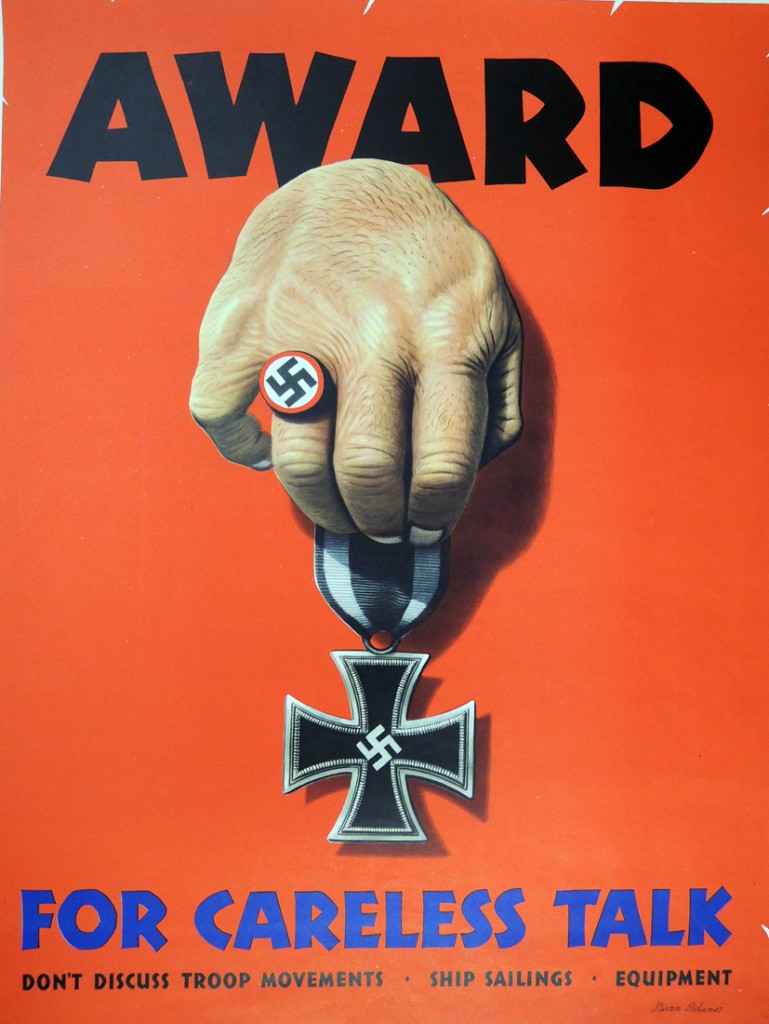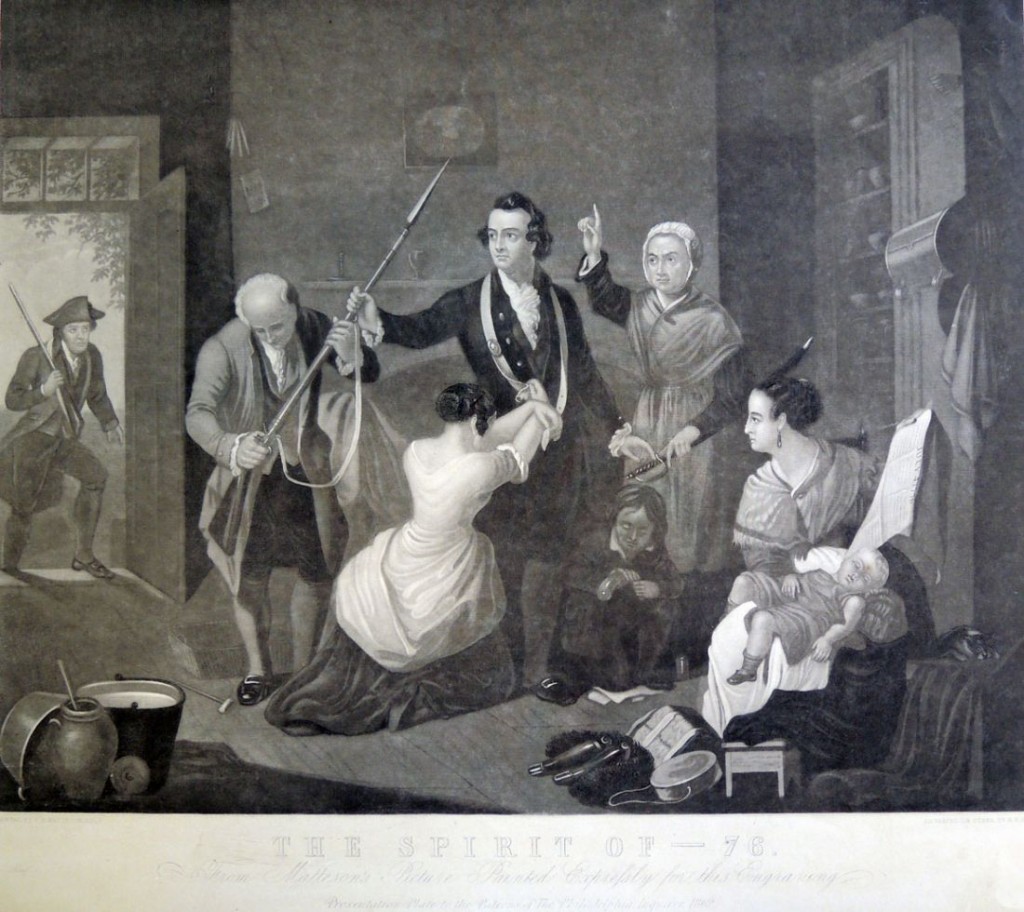
Henry S. Sadd, after a painting by Tompkins Harrison Matteson (1813-1884), The Spirit of 76, 1862 Steel engraving. Published by the Philadelphia Inquirer. Graphic Arts Collection GA2008.00276
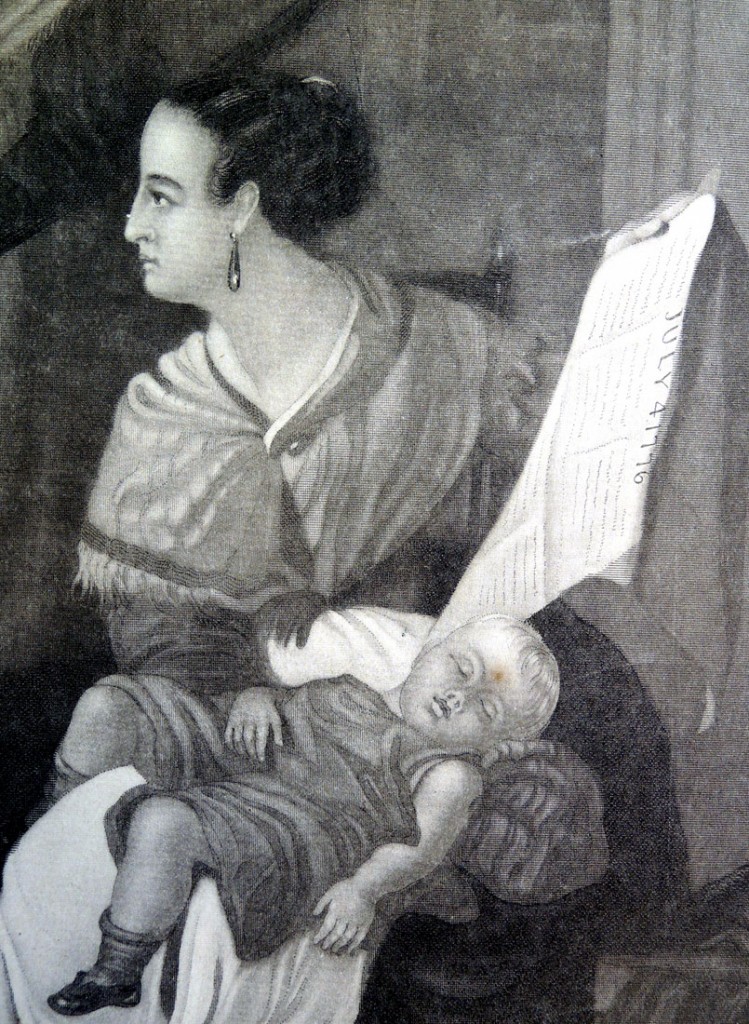 “The largest wood engraving ever printed in the world.” This was the declaration made about Tompkins Harrison Matteson’s “Storming of the Castle of Chapultepec,” featured in the July 4, 1848 Jubilee issue of Brother Jonathan, a mammoth double sheet pictorial newspaper. The single image was “made from several hundred blocks of imported East Indian boxwood and measured twenty-two by forty-four inches,” according to Robert Walter Johannsen’s To the Halls of the Montezumas (1985).
“The largest wood engraving ever printed in the world.” This was the declaration made about Tompkins Harrison Matteson’s “Storming of the Castle of Chapultepec,” featured in the July 4, 1848 Jubilee issue of Brother Jonathan, a mammoth double sheet pictorial newspaper. The single image was “made from several hundred blocks of imported East Indian boxwood and measured twenty-two by forty-four inches,” according to Robert Walter Johannsen’s To the Halls of the Montezumas (1985).
It wasn’t the artist’s first brush with fame. Matteson opened a painting studio in New York City during the 1840s and within a few years, sold his first painting, The Spirit of ’76, to the American Art Union, establishing his career. His personal idiosyncrasies brought him additional notoriety, such as his fondness for wearing an unusual steeple-crowned hat and short mantel, which led to the nickname the Pilgrim-Painter.
Matteson’s success with the American Art Union prompted the 1847 painting of the interior of the Tabernacle, an enormous Congregational Church on lower Broadway, where the Union’s annual prizes were announced and distributed (see below).
By 1850, Matteson tired of New York and moved upstate to Sherburne, New York. He married, raised a large family, and became an active member of the community, serving as President of the School Board, Representative to the State Legislature, and the local Fire Chief, while also painting
The prolific artist used a limited number of models for these patriotic scenes. Note the central figure of Major Andre in his wood engraving for The Illustrated News. Then, compare it to the face of the father in The Spirit of ’76 above, to see if you find a similarity in his features. This may be a self portrait of Matteson.
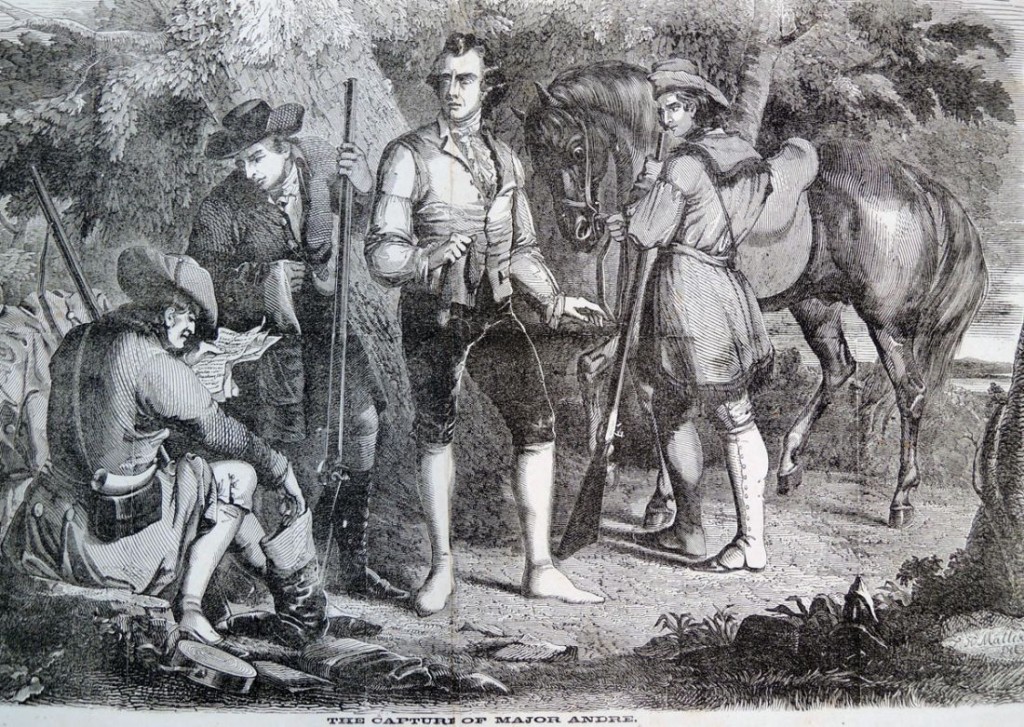 Tompkins Harrison Matteson (1813-1884), Illustrated News! [prospectus], n.d. [1852]. [New York: Published by P.T. Barnum, Henry D. Beach, and Alfred E. Beach]. Wood engravings, Letterpress printing. GC179 Broadsides Collection GA 2012.02800.
Tompkins Harrison Matteson (1813-1884), Illustrated News! [prospectus], n.d. [1852]. [New York: Published by P.T. Barnum, Henry D. Beach, and Alfred E. Beach]. Wood engravings, Letterpress printing. GC179 Broadsides Collection GA 2012.02800.
The graphic arts collection is fortunate to own examples from each decade of the artist’s lengthy career in single sheet prints, bound in books, and reproduced in newspapers. Here are a few of the books he illustrated:
William Adams (1814-1848), The Cherry Stones, or, Charlton School: a Tale for Youth . . . with engravings executed by Bobbett and Edmonds, from designs by Matteson (New York: General Protestant Episcopal S. S. Union and Church Book Society, Daniel Dana, Jr. agent, 1851). Gift of Sinclair Hamilton. Graphic Arts Collection (GAX) Hamilton 1025
William Cutter (1801-1867), The Life of General Lafayette (New York: George F. Cooledge & Brother, [1849]). Frontispiece and illustrations by T. H. Matteson, engraved on wood by Alexander Anderson. Gift of Sinclair Hamilton. Graphic Arts Collection (GAX) Hamilton 1023.
Orville Luther Holley (1791-1861), The Life of Benjamin Franklin (New York: George F. Cooledge & Brother, publishers and booksellers, 323 Pearl street, [1848]). 19 wood engravings and a portrait of Franklin by Alexander Anderson; title page cut designed by T. H. Matteson. Gift of Sinclair Hamilton.
Benson John Lossing (1813-1891), A memorial of Alexander Anderson, M. D., the first engraver on wood in America (New York: Printed for the subscribers, 1872). Illustrations by T. H. Matteson and John Wesley Jarvis. Gift of Sinclair Hamilton. Graphic Arts Collection GAX Hamilton 357q.
William Shakespeare (1564-1616), The complete works of William Shakespeare . . . illustrations engraved on wood . . . from new and original designs by T. H. Matteson (New York: George F. Cooledge & Brother [1851?]). Gift of Sinclair Hamilton. Graphic Arts Collection (GAX) Hamilton 1026
William Gilmore Simms (1806-1870), The life of Nathanael Greene (New York: George F. Cooledge & Brother, [1849]). Illustrations by T. H. Matteson, engraved on wood by A. Anderson. Gift of Sinclair Hamilton. Graphic Arts Collection (GAX) Hamilton 339
Jane Taylor, Primary lessons in physiology for children (New York: Published by George F. Cooledge & Brother, 1848). Illustrations by Alexander Anderson and Tompkins Harrison Matteson. Cotsen Children’s Library (CTSN) Eng 19 28481
The illustrated primer, or, Child’s first book (New York: Published by George F. Cooledge & Brother, [ca. 1858]). Illustrations by Tompkins Harrison Matteson and Alexander Anderson. Cotsen Children’s Library (CTSN) Pams / Eng 19 / Box 070 12264
The Odd-fellows’ offering (New York: Samuel A. House & Co. , [1843-1853]). Illustrations by T. H. Matteson, engraved on steel by Rice & Buttre and B. J. Lossing. Graphic Arts Collection (GAX) 2003-0005M and Hamilton 1830
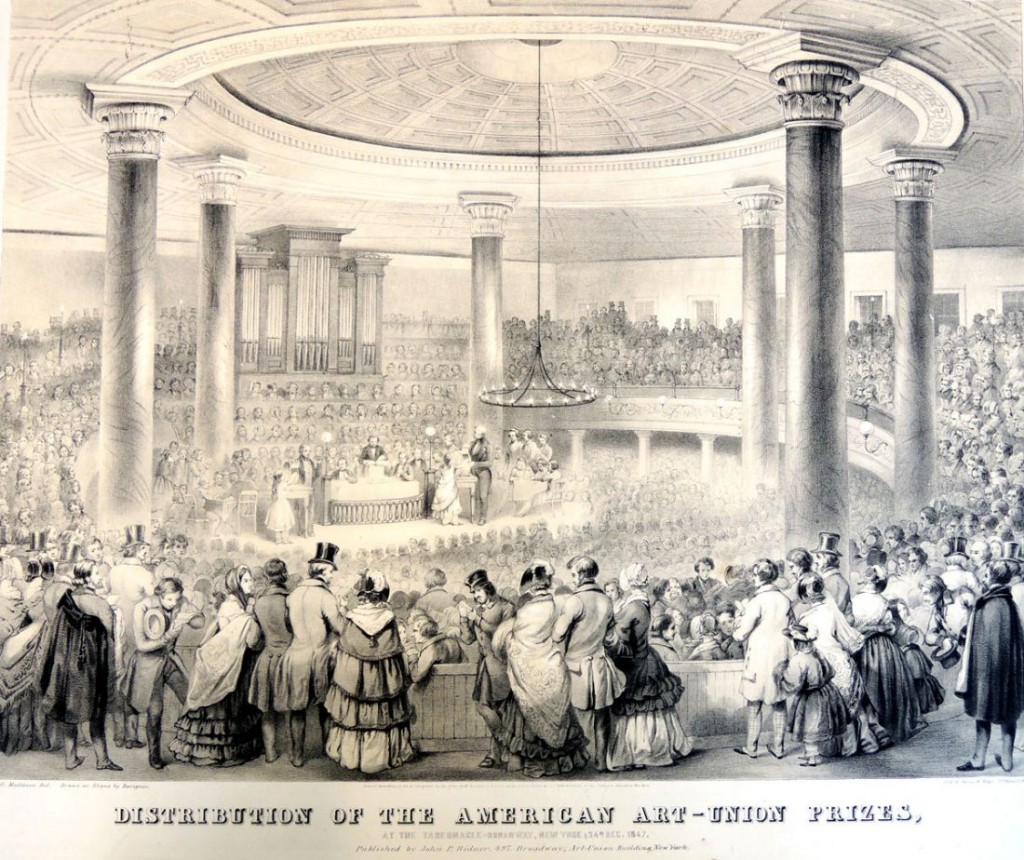 Francis D’Avignon (born 1813) after a painting by Tompkins Harrison Matteson (1813-1884), Distribution of the American Art-Union Prizes at the Tabernacle, Broadway, New York, 24 December, 1847. Lithograph. New York : John T. Ridner; 497 Broadway, Art Union Building. GC024 American Prints Collection.
Francis D’Avignon (born 1813) after a painting by Tompkins Harrison Matteson (1813-1884), Distribution of the American Art-Union Prizes at the Tabernacle, Broadway, New York, 24 December, 1847. Lithograph. New York : John T. Ridner; 497 Broadway, Art Union Building. GC024 American Prints Collection.

